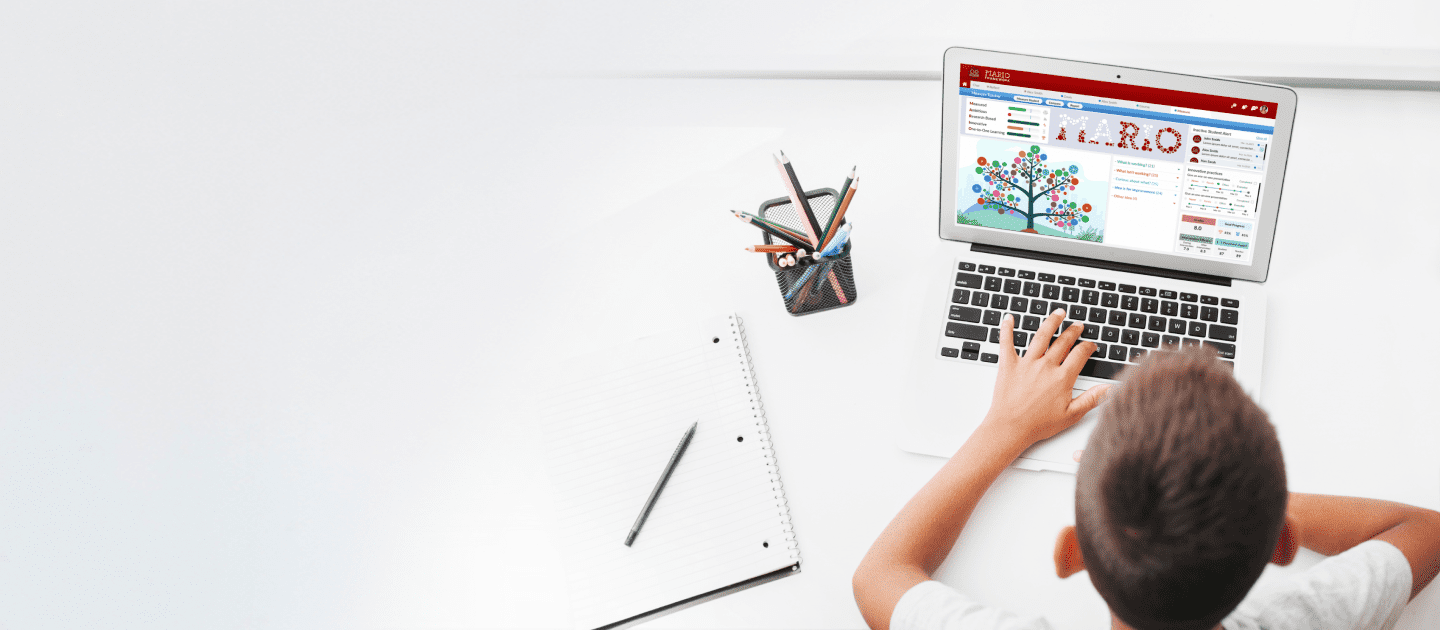Increase motivation by involving students in their own behavioral interventions
Help learners embrace a learn-through-difficulty norm by creating virtual learning environments.
Learner-centered teacher-student relationships are effective: A meta-analysis – Jeffrey Cornelius-White

Person-centered education is a counseling-originated, educational psychology model, overripe for meta-analysis, that posits that positive teacher-student relationships are associated with optimal, holistic learning.
Visible Learning for Teachers Maximizing Impact on Learning – John Hattie

In November 2008, John Hattie’s ground-breaking book Visible Learning synthesized the results of more than fifteen years research involving millions of students and represented the biggest ever collection of evidence-based research into what actually works in schools to improve learning.
Self-efficacy: Toward a unifying theory of behavioral change – Albert Bandura

This article presents an integrative theoretical framework to explain and to predict psychological changes achieved by different modes of treatment.
